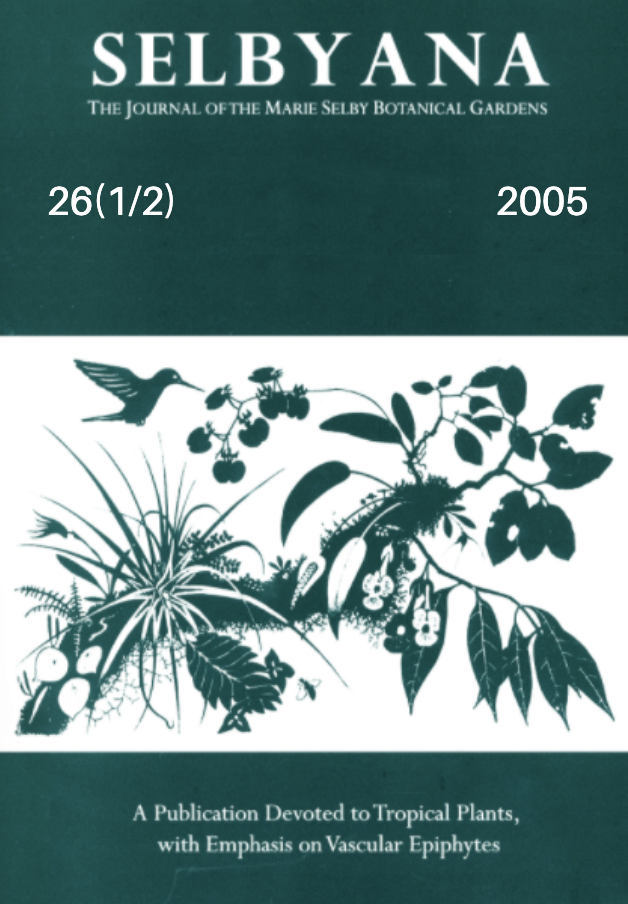Abstract
The Convention on International Trade in Endangered Species of Wild Fauna and Flora (CITES) has been described as the best-recognized international treaty on endangered species and, at the same time, as the least understood. This paradox may result from CITES being structured, implemented, and enforced as a trade treaty, rather than as a conservation measure. The title of the treaty fails to mention conservation and makes no such promises, even though endangered species may rely on wise-use conservation for their survival. By specifying endangered wild species, the title contributes to the paradox, because nations party to the treaty not only address endangered species but also threatened species and, adopting the precautionary principle, species that might become threatened because of trade. To accommodate port-of-entry inspectors untrained in taxa identification, whole families, such as the Orchidaceae, are listed on CITES appendixes, including species that are neither endangered nor wild. A timeline of significant events in the establishment of international flora and fauna treaties, beginning with a 1900 London Convention to conserve wild animals of Africa and moving forward to CITES and beyond, is presented to increase the general understanding of how CITES came to be, how it applies to plants, and especially how it applies to orchid conservation.
Open Access and Copyright Notice
Selbyana is committed to real and immediate open access for academic work. All of Selbyana's articles and reviews are free to access immediately upon publication. There are no author charges (APCs) prior to publication, and no charges for readers to download articles and reviews for their own scholarly use. To facilitate this, Selbyana depends on the financial backing of the Marie Selby Botanical Gardens, the hard work and dedication of its editorial team and advisory board, and the continuing support of its network of peer reviewers and partner institutions.
Authors are free to choose which open license they would like to use for their work. Our default license is the Creative Commons Attribution-NonCommercial 4.0 (CC BY-NC 4.0). While Selbyana’s articles can be copied by anyone for noncommercial purposes if proper credit is given, all materials are published under an open-access license with authors retaining full and permanent ownership of their work. The author grants Selbyana a perpetual, non-exclusive right to publish the work and to include it in other aggregations and indexes to achieve broader impact and visibility.
Authors are responsible for and required to ascertain that they are in possession of image rights for any and all photographs, illustrations, and figures included in their work or to obtain publication or reproduction rights from the rights holders. Contents of the journal will be registered with the Directory of Open Access Journals and similar repositories. Authors are encouraged to store their work elsewhere, for instance in institutional repositories or personal websites, including commercial sites such as academia.edu, to increase circulation (see The Effects of Open Access).
